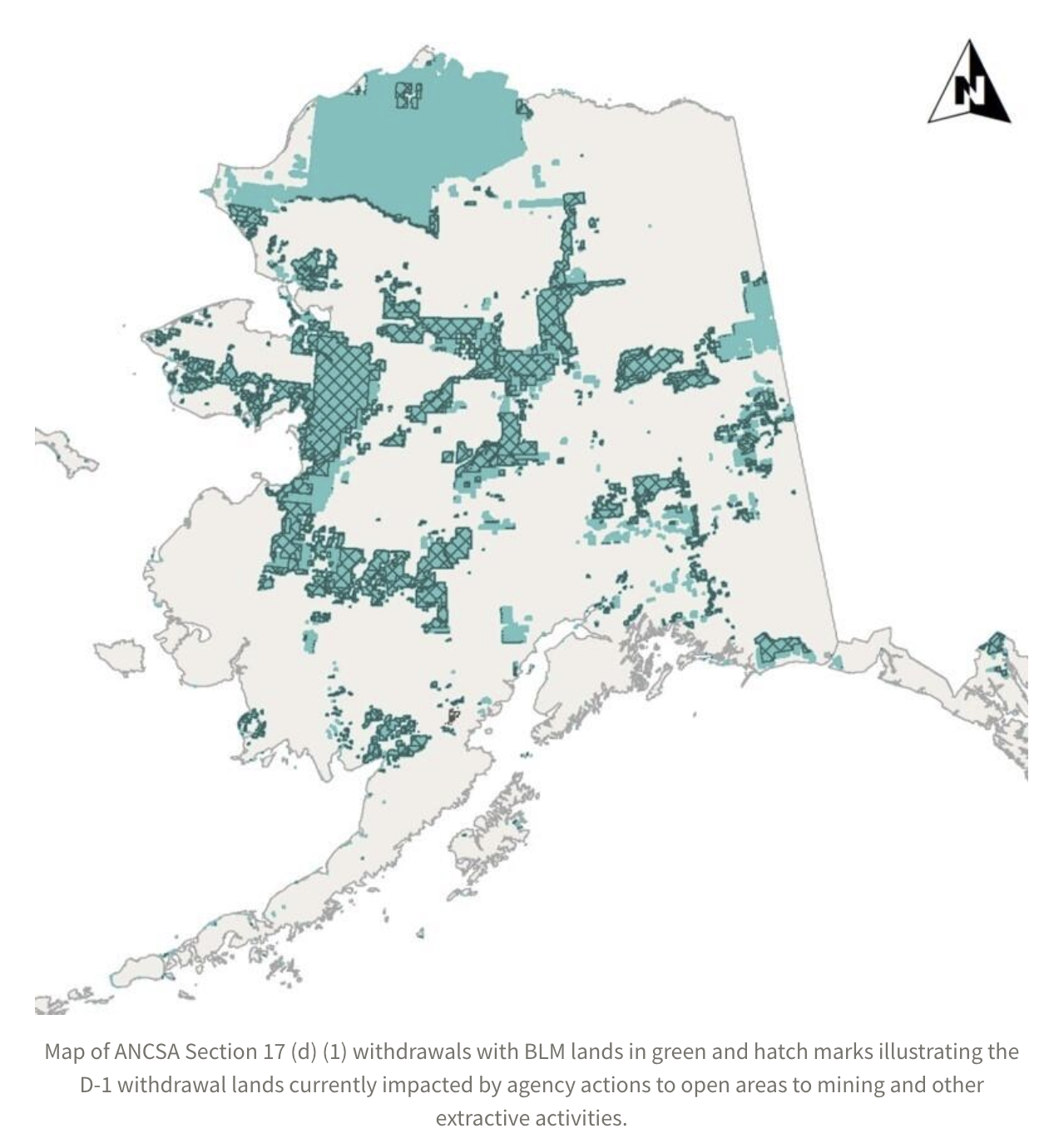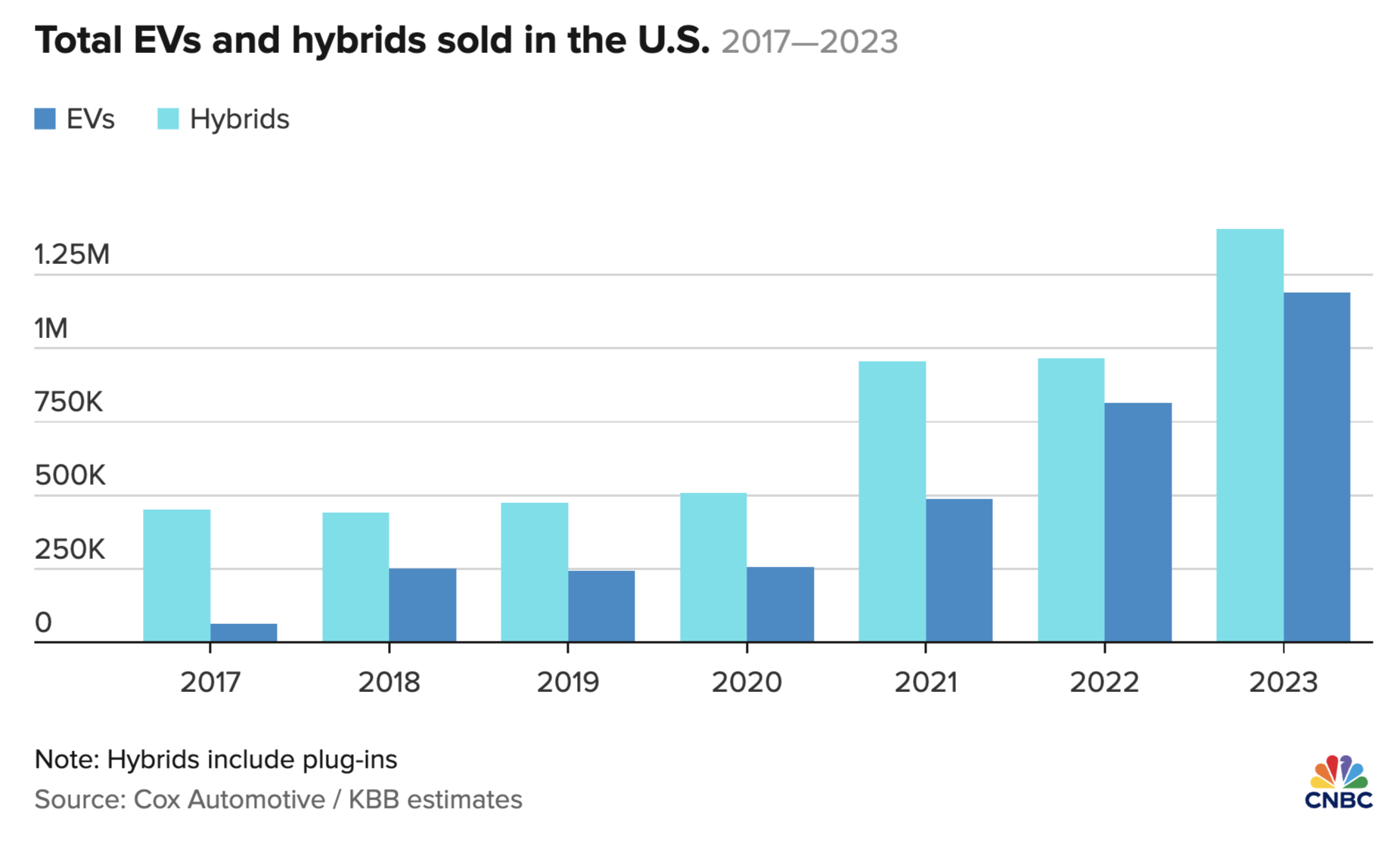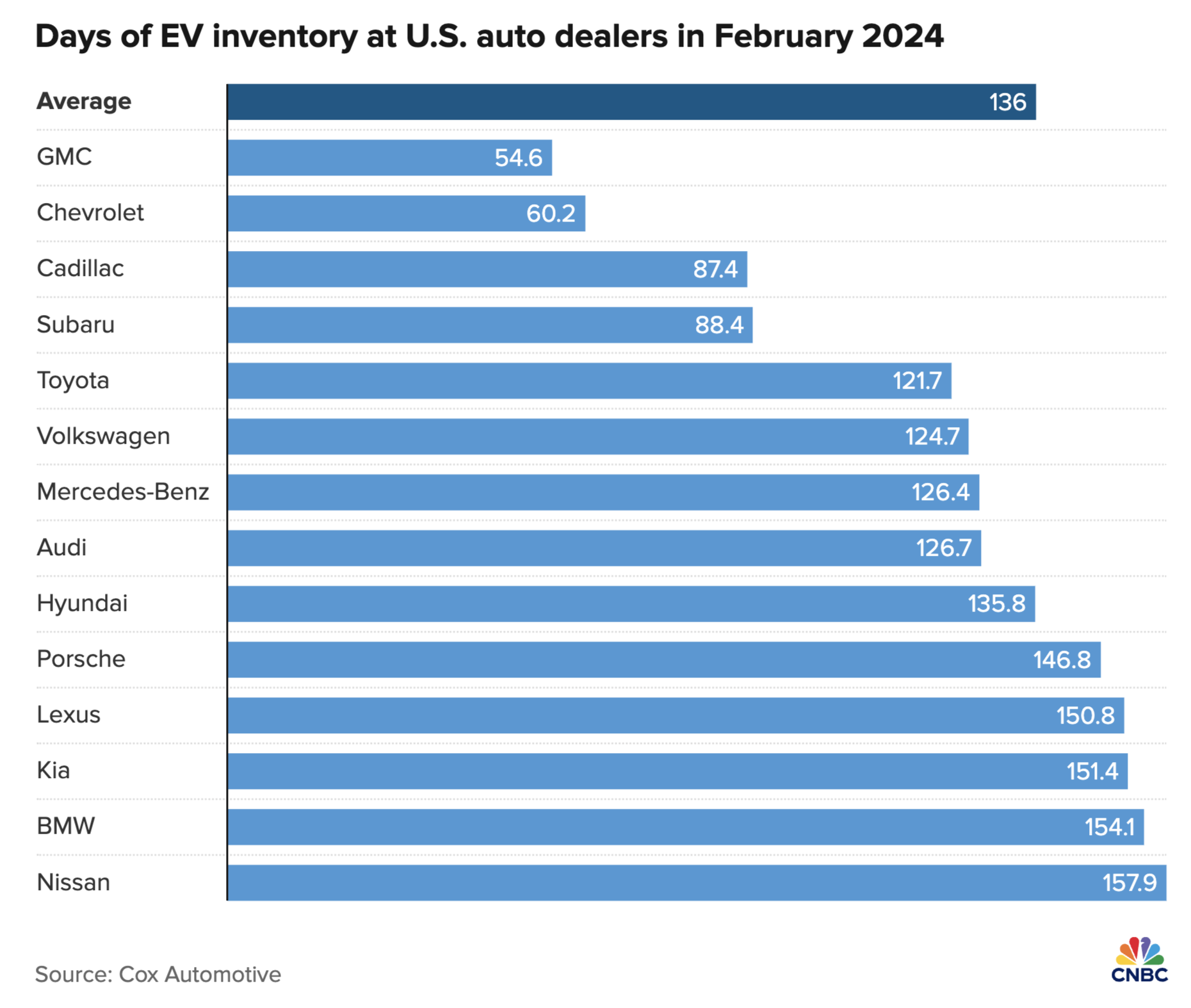On this episode of The Unregulated Podcast Tom Pyle and Mike McKenna go over the fallout from the attempted assassination on Donald Trump, the events at the RNC, and what Trump’s choice of J.D. Vance for vice-president means for the future of American energy and politics.
Links:
Stay Connected With The Show:




